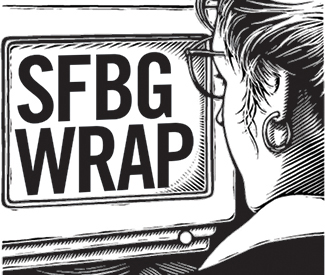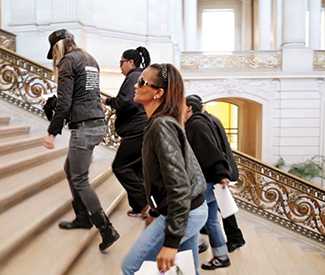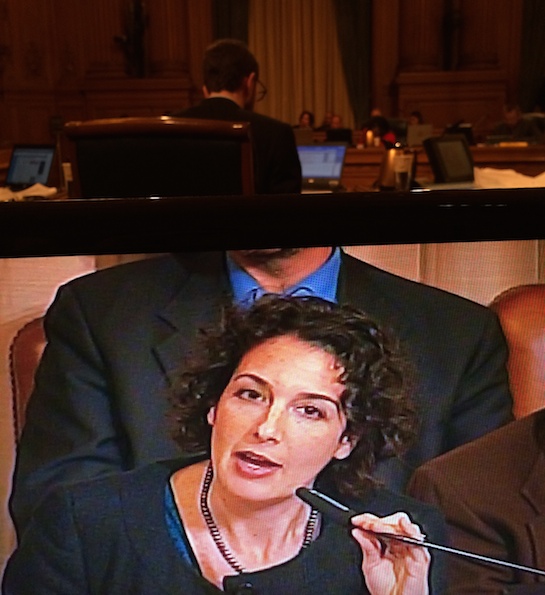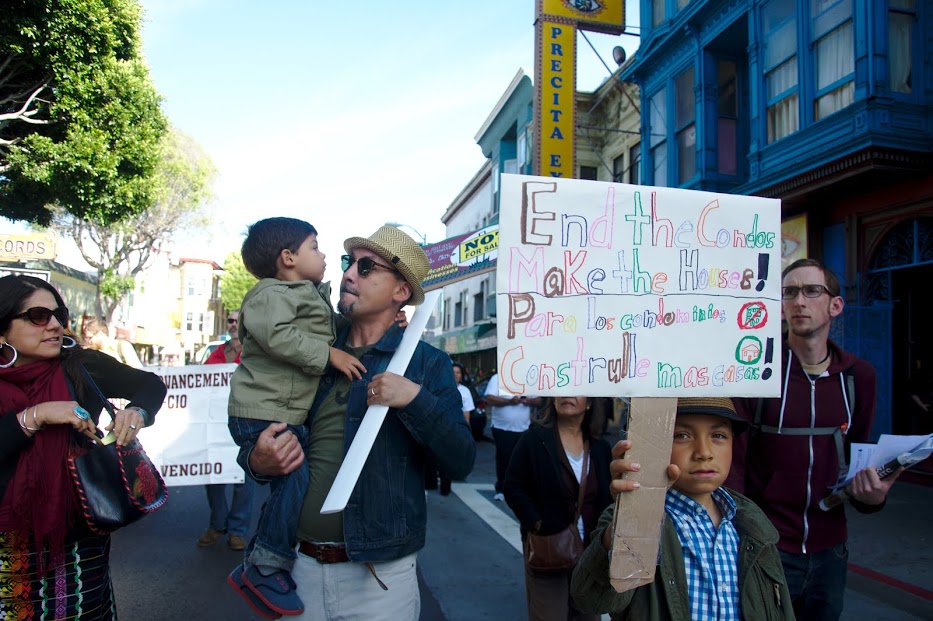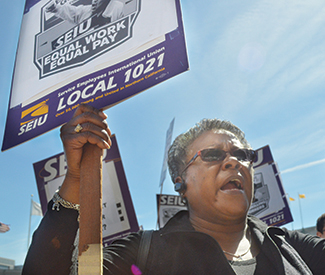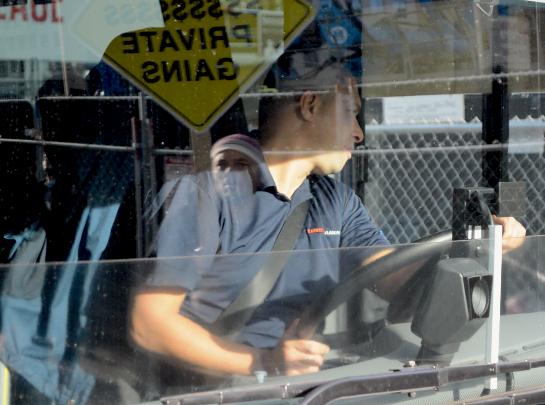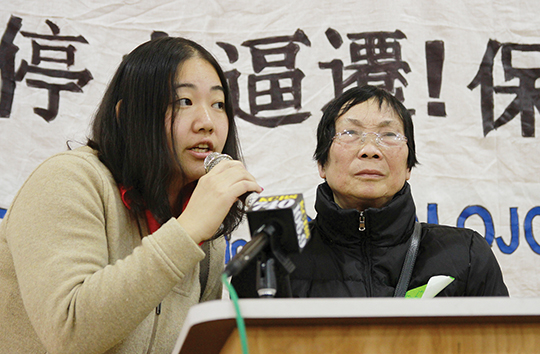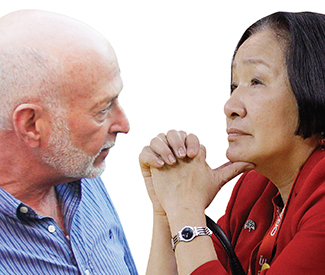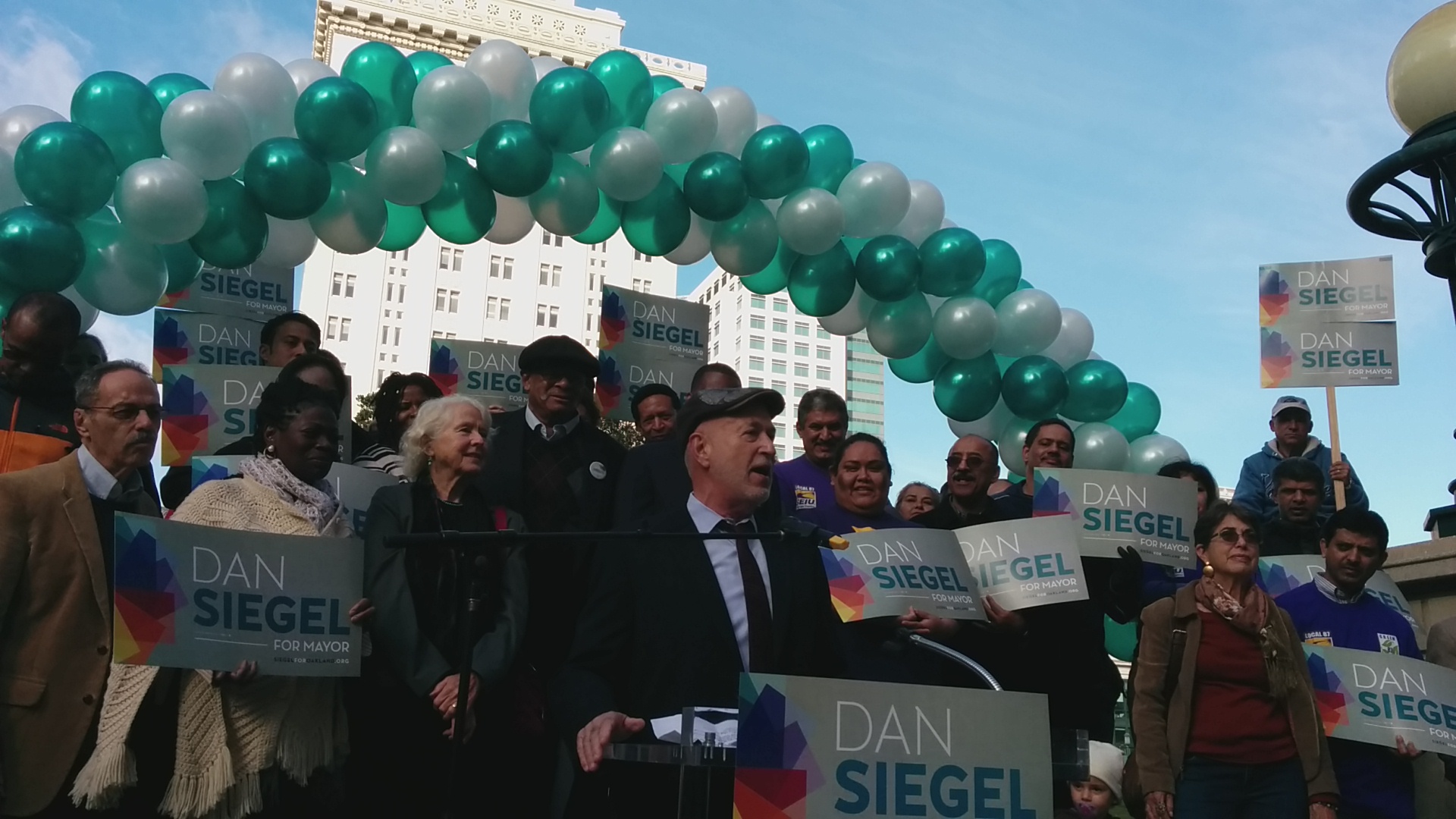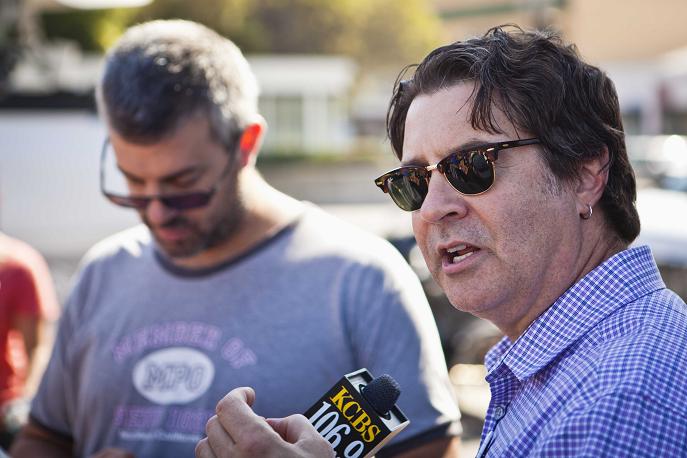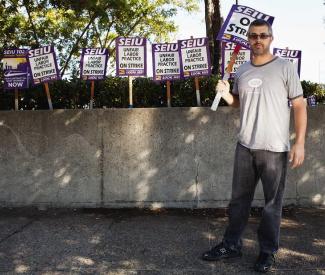At the tail end of a long Board of Supervisors meeting last week, Sup. David Campos introduced legislation to create Covered San Francisco, a city healthcare option designed to remedy a coverage gap that will be created under the Affordable Care Act.
Lately, we’ve gotten reports of San Franciscans hoping to enroll in Covered California — the state-run health insurance marketplace created under the ACA — leaving meetings with enrollment counselors in tears of frustration. Even though these would-be enrollees are technically eligible for Covered California — which makes them ineligible to stay in Healthy San Francisco — the insurance cost is nevertheless too high to be a realistic option.
“In high cost-of-living cities like San Francisco, many will simply not be able to afford it,” Campos said when he introduced the legislation. “The most authoritative study says 40 percent of San Franciscans who are eligible for Covered California still will not be able to afford it.”
Co-sponsored by Sups. John Avalos, Eric Mar, and Jane Kim, the legislation seeks to address the problem by creating a new option for employees to receive subsidies to purchase health insurance under Covered California through the Department of Public Health. The funding would be derived from an employer spending requirement already in place under the city’s Health Care Security Ordinance, the law that created Healthy San Francisco.
The proposal also seeks to close a loophole that Campos said incentivizes employers to set up health reimbursement accounts for employees that cannot be used to purchase Covered California insurance plans. To discourage the use of these accounts, the proposal would make spending irrevocable, meaning employers would be unable to claw back funding they’ve contributed. (Rebecca Bowe)
PG&E INDICTMENT DOESN’T GO FAR ENOUGH
A federal grand jury in San Francisco issued a criminal indictment against Pacific Gas & Electric for negligence in the 2010 gas pipeline explosion in San Bruno that killed eight people and destroyed an entire neighborhood. But that falls far short of what this rapacious company and its conniving executives — none of whom face personal criminal charges — should be facing.
The indictment omits key details of what happened leading up this tragic and entirely preventable explosion, buying into the fiction that there is a meaningful difference between PG&E Co., the regulated utility, and PG&E Corp., the wealthy and powerful Wall Street corporation. This is a stark example of how corporations are given all the rights of individuals, but accept few of the responsibilities, with the complicity of the political and economic systems.
The 12-count indictment focused on violation of the Pipeline Safety Act, which requires companies to maintain their potentially dangerous pipelines, including keeping detailed records and doing safety inspections that would detect flaws like the faulty weld that caused the San Bruno explosion on Sept. 9, 2010 — work the company negligently failed to perform.
But PG&E’s wanton disregard for public safety, combined with the greed and shameless self-interest of then-CEO Peter Darbee and other executives, goes far deeper than that. A report by the California Public Utilities Commission released in January 2012 found that $100 million in ratepayer funds that had been earmarked for pipeline maintenance and replacement, including this section in San Bruno, was instead diverted to executive bonuses and shareholder profits.
“PG&E chose to use the surplus revenues for general corporate purposes,” the audit said, noting that the company was flush with cash at the time and there was no good reason to neglect this required maintenance. (Steven T. Jones)
911 DISPATCHERS STRESSED
The controversial tax breaks given to tech companies in San Francisco in 2011 came under fire again last week, as emergency dispatchers protested crippling budget shortages on April 2 in front of the Department of Emergency Management.
“When you call 911, there should be enough people working to pick up the phone,” said Ron Davis, an emergency dispatcher in San Francisco for 13 years. “It’s upsetting when you or someone you love is in a life-threatening emergency and you’re put on hold for 30 seconds, 45 seconds, or even a minute and longer.”
The department receives, on average, nearly 3,000 phone calls per day, and the workers who spoke at the rally described long hours and inadequate coverage for the volume of calls that they receive. California law mandates that 90 percent of 911 calls be answered in 10 seconds or less, but in San Francisco that number often drops to 60 percent or lower. Davis said that on particularly busy nights, such as New Year’s Eve, there can be up to 20 calls in the queue waiting for an available dispatcher.
The rally was organized by SEIU Local 1021 and was part of the union’s contract negotiations with the city. Larry Bradshaw, vice president for the San Francisco region of the union, said workers were willing to make sacrifices during the recession but now, “we just want to recoup our losses and make up for lost ground.” (Brian McMahon)
WILL AIRBNB PAY UP?
Airbnb has agreed to start collecting and paying the transient occupancy tax in San Francisco sometime this summer — finally acknowledging that’s the only workable way to meet the tax obligation it shares with its hosts. But that leaves open the question of whether this $10 billion corporation intends to pay the tax debt it has accumulated for years while trying to duck its responsibility to the city.
That’s at least several million dollars that the city could really use right now. As we’ve previously reported, Airbnb commissioned and publicized a study in late 2012 claiming its San Francisco hosts collected $12.7 million from Airbnb guest in fiscal year 2011-12, meaning they should have collected and remitted to the city $1.9 million.
In early 2012, the San Francisco Tax Collector’s Office held public hearings to clarify whether the TOT applies to the short-term rentals facilitated by Airbnb and similar companies, ruling in April 2012 that the TOT does apply to those stays and that it is a “joint and several liability” shared by the hosts and Airbnb, which conducts the transaction and takes a cut.
As we also reported, despite heavily lobbying during the hearing and being acutely aware of the outcome and its resulting tax obligation, Airbnb simply refused to comply and tack the 15 percent surcharge onto its transactions, as similar companies such as Roomorama were doing.
So if Airbnb was really being the good corporate citizen that it’s now claiming to be, it would not only start charging the 15 percent fee and sharing that money with the city, it would also cut San Francisco a check for around $4 million, or whatever the tax would be on what this growing business has collected from its guests since April 2012. (Steven T. Jones)
BURSTING THE MONTEREY SHALE BUBBLE
“We’ve been told that there’s a great oil boom on the immediate horizon,” billionaire investor Tom Steyer noted at the start of a March 27 talk in Sacramento.
But Steyer (who has pledged to spend $100 million on ad campaigns for the 2014 election to promote action on climate change) wasn’t there to trumpet the oil industry’s high expectations. Instead, he introduced panelists who dismissed the buzz on drilling the 1,750-square-mile Monterey Shale as pie-in-the-sky hype.
Dr. David Hughes, a geoscientist with the Post Carbon Institute, and researcher Robert Collier had been invited to speak by Next Generation, a policy group focused on climate change that was co-founded by Steyer.
Both experts questioned the findings of a University of Southern California study that wound up being cited time and again as the basis for the oil industry’s arguments, in the context of a statewide debate on fracking.
Partially funded by the Western States Petroleum Association, the USC report outlined a rosy economic outlook stemming from oil extraction in the Monterey Shale, estimating that it would create 2.8 million jobs and $24 billion in tax revenues, findings that were “echoed by politicians of both parties,” Collier noted.
Yet prominent economists could find no basis for certain claims. “They said: ‘We cannot see any justification for these incredible numbers,” Collier reported. “They seem too big to be believable.” The Post Carbon Institute and Physicians, Scientists and Engineers for Healthy Energy published their own report challenging the findings, titled Drilling California: A Reality Check on the Monterey Shale. (Rebecca Bowe)

